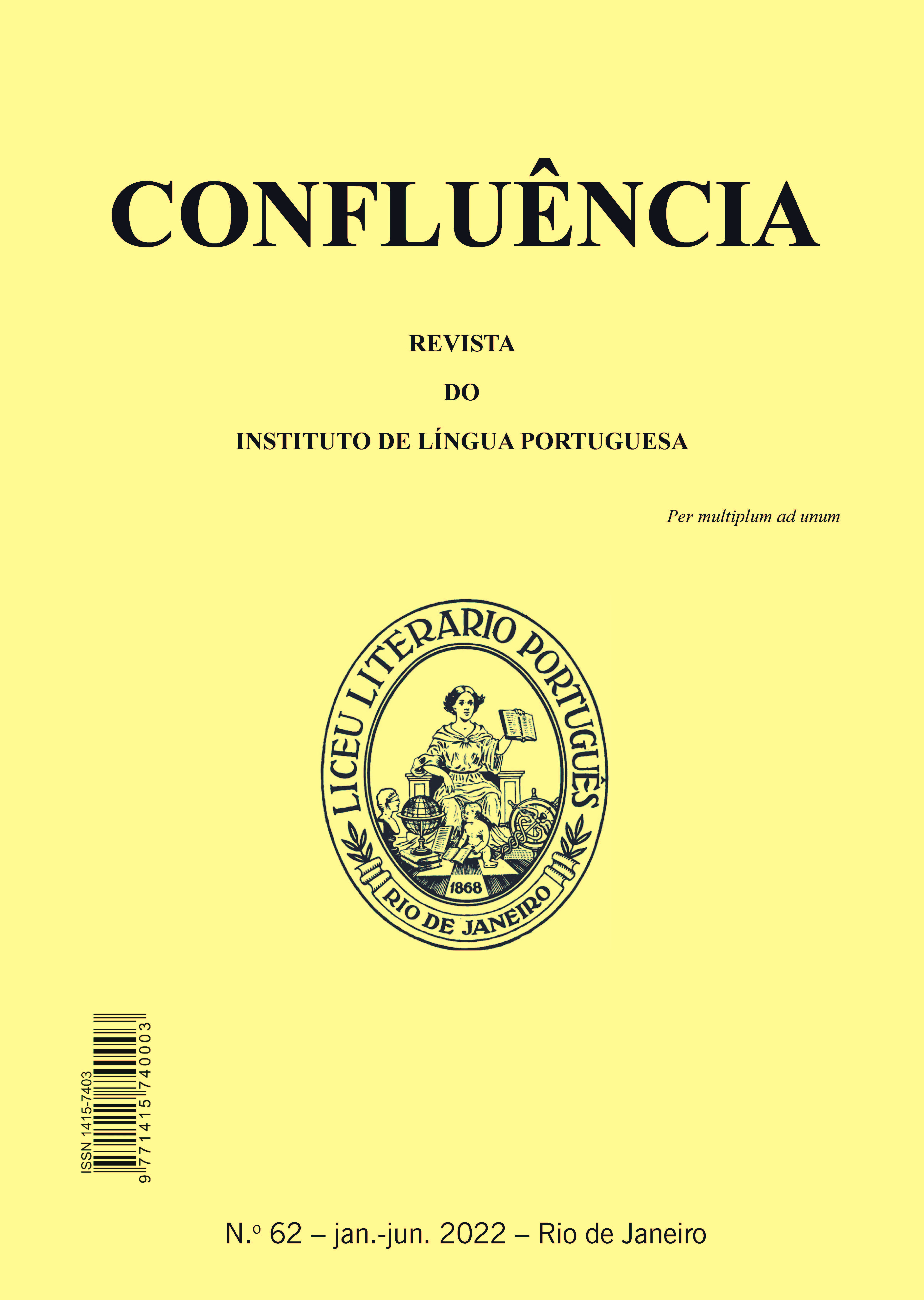Putting radial categorization to test: what can we learn from Brazilian Portuguese verbs of separation?
DOI:
https://doi.org/10.18364/rc.2022n62.519Keywords:
Categorization, Verbs of separation, Semantic structure, Brazilian PortugueseAbstract
When it comes to categorization, Cognitive Linguistics is well known for rejecting the aristotelic ideal of classical definability. Such a rejection, however, still seems to lack empirical support. In this paper, we report an elicited production experiment aimed at investigating the semantics of three Brazilian Portuguese (BP) verbs of separation: “cortar” (‘to cut’), “quebrar” (‘to break’) and “rasgar” (‘to tear’). In this experiment, 49 native speakers of BP were asked to provide oral descriptions of video-recorded separation scenes. The results provide empirical support to the rejection of classical definability as well as allow for the description os the semantic structure of the three verbs at stake.
Downloads
References
BOHNEMEYER, J., BOWERMAN, M., & BROWN, P. Cut and break clips. In: LEVINSON, S. C.; ENFIELD, N. J. (Eds.), Manual for the field season 2001. Nijmegen: Max Planck Institute for Psycholinguistics, 2001. p. 90-96.
BRUGMAN, C. M. The story of over: polysemy, semantics, and the structure of the lexicon. University of California, Berkeley, M.A. Thesis, 1981.
COHEN, H.; LEFEBVRE, C. (Eds.). Handbook of categorization in cognitive science. Amsterdam, Boston: Elsevier, 2005.
GEERAERTS, D. Words and other wonders: papers on lexical and semantic topics. Berlin, New York: Mouton de Gruyter, 2006.
LABOV, W. The boundaries of words and their meaning. In. BAILEY, C.; SHUY, R. (Eds.). New ways of analysing variation in English. Washington DC: Georgetown University Press, 1973, p. 340-373.
LAKOFF, G. Women, fire and dangerous things: what categories reveal about the mind. Chicago: University of Chicago Press, 1987.
LANGACKER, R.W. Foundations of Cognitive Grammar: theoretical prerequisites. Stanford: University Press, 1987.
MAJID, A.; BOSTER, J. S.; BOWERMAN, M. The cross-linguistic categorization of everyday events: A study of cutting and breaking. Cognition, v; 109, n. 2, 2008. p. 235-250.
RADDEN, G.; DIRVEN, R. Cognitive English Grammar. Amsterdam, Philadelphia: John Benjamins, 2007.
ROSCH, E. Cognitive representations of semantic categories. Journal of Experimental Psychology, v. 104, n. 3, 1975. p. 192-233.
TAYLOR, J. R. Linguistic categorization: Prototypes in linguistic theory. London, New York: Clarendon Press, Oxford University Press, 1995.
TYLER, A.; EVANS, V. Reconsidering prepositional polysemy networks: The case of over. Language, v. 77, n. 4, 2001. p.724-765
WITTGENSTEIN, L. Investigações filosóficas. Trad. Marcos G. Montagnoli. Petrópolis: Vozes, 2009.
Downloads
Published
Issue
Section
License
Copyright (c) 2022 Diogo Pinheiro, Jéssica Cassemiro Muniz

This work is licensed under a Creative Commons Attribution-NonCommercial 4.0 International License.
The author who publishes in this journal agrees to the following terms: The author maintains the copyright and grants the journal the right of first publication, with the work simultaneously licensed under the Creative Commons Attribution License that allows the sharing of the work with acknowledgment of the authorship and initial publication in this journal. The author is authorized to take additional contracts separately, for non-exclusive distribution of the version of the work published in this journal (eg publish in institutional repository or as a book chapter), with acknowledgment of authorship and initial publication in this journal. The author is allowed and encouraged to publish and distribute his work online (eg in institutional repositories or on their personal page) at any point before or during the editorial process, as this can generate productive changes, as well as increase the impact and citation of the published work.








